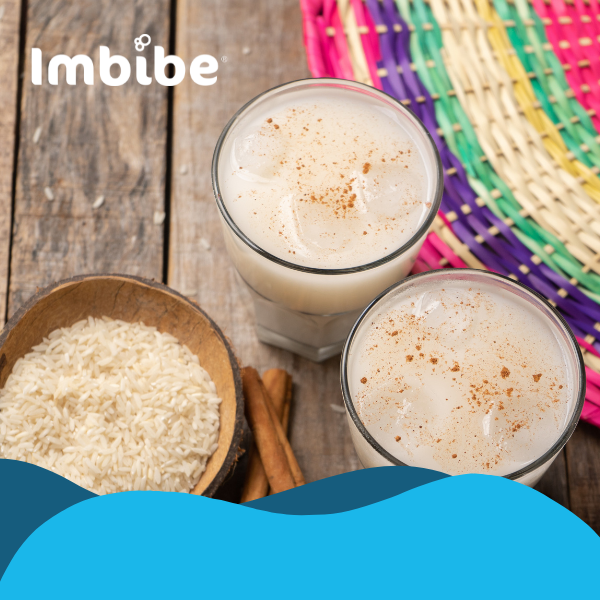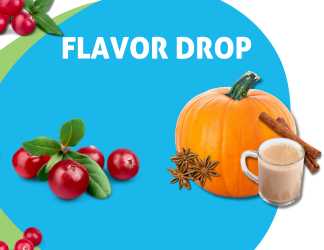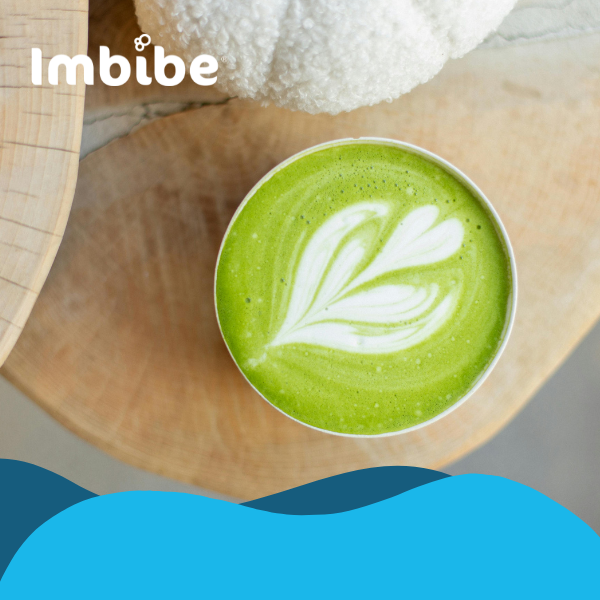The Psychology Behind Taste—and How Imbibe Brings It to Life
Turn cravings into your next market success
Why we reach for chocolate during stressful times, why salty snacks seem irresistible late at night, and why some people develop a deep affection for spicy food—these appetites trace back to ancient instincts and intricate brain circuitry. At Imbibe, we know that flavor isn’t just about palate pleasure. It’s a complex fusion of memory, reward, biology, and culture—factors we study and apply every day when developing flavors and finished beverages for established brands.
Whether we’re an extension of your R&D team, your flavor supplier, or your full outsourced product development department, our role is to understand these cravings and translate them into scalable, shelf-stable products that resonate with consumers.
Biology’s Blueprint: How Cravings Start
Taste preferences aren’t random—they’re rooted in physiology. From the tip of your tongue to the neurons in your brain, biological signals assign meaning and urgency to certain tastes.
The Five Basic Tastes and What They Signal
Humans detect five primary tastes: sweet, salty, sour, bitter, and umami. Each taps into physiological needs and safety signals.
| Taste | Associated Nutrient | Biological Role |
| Sweet | Carbohydrates (sugars) | Quick energy source; signals caloric density |
| Salty | Sodium | Essential for nerve function, fluid balance |
| Sour | Acids (Vitamin C, spoiled) | Sign of ripeness or potential spoilage |
| Bitter | Alkaloids, plant chemicals | Warns of toxins; sometimes medicinal |
| Umami | Glutamates, proteins | Indicates protein-rich foods |
At Imbibe, we build on this biological foundation—designing flavors and taste modulation systems that meet consumer expectations while balancing nutrition targets, regulatory needs, and product stability.
Hunger, Hormones, and Hedonics
Hormones like ghrelin and leptin regulate hunger, but endorphins, dopamine, and serotonin drive the pleasure of eating. Foods high in fat, sugar, and salt trigger a powerful neurological reward system—a survival mechanism now tied to indulgence.
When developing a beverage, we leverage our taste modulation capabilities to fine-tune sweetness, enhance mouthfeel, and deliver satisfying sensory cues—whether the goal is indulgence, balance, or better-for-you positioning.
Experience Shapes Preference
Some love heat; others shy away from spice. Early exposure, repetition, and positive associations all play roles. Family traditions, cultural dishes, and even product launches can lock a flavor into emotional memory.
That’s why Imbibe’s culinary and flavor chemistry experts study not only ingredient interactions but also the cultural and experiential context behind a flavor trend—helping brands tap into both nostalgia and novelty.
Culture: The Great Taste Shaper
Where consumers live and what they’re exposed to drives craving patterns. From umami-rich broths in Japan to tangy cheeses in France, cultural norms define what’s “comforting” and what’s “exotic.”
Imbibe’s insights team tracks global and regional flavor trends, then works with our R&D scientists to adapt those profiles for your product’s format, processing method, and shelf-life needs—ensuring authenticity while maintaining operational feasibility.
Genetics and Personal Taste
Not everyone experiences flavors the same way. “Supertasters” may find bitterness overwhelming; others may crave stronger flavor impact.
We account for these differences when designing flavor intensity and balance, ensuring products appeal to the broadest possible audience while hitting the right sensory targets for your brand’s positioning.
The Emotional Connection
The olfactory bulb sits next to the brain’s emotion and memory centers, explaining why a scent or flavor can transport us instantly. Comfort foods, celebratory drinks, and seasonal releases all play on this connection.
Acquired Tastes and Evolving Preferences
Over time, taste buds change, exposure widens, and consumers seek more complex, layered experiences. This is why bold coffees, fermented beverages, and spicy profiles grow in popularity with age. There’s a reason certain foods are “acquired” tastes, not instant crowd-pleasers.
- Neophobia: Children start off wary of new foods, a feature that once helped avoid toxins.
- Adaptation: Repeated exposure decreases aversion and can turn mild distaste into appreciation.
- Bitterness for Health?: Some bitter compounds have health benefits, and cultures that learn to appreciate them may gain subtle advantages.
Our food scientists and flavorists help brands evolve portfolios—introducing bolder flavors without alienating current consumers.
Social Influences
What’s cool in your circle? Group dynamics exert a surprising pull. Teens bonding over convenience store snacks or college students trying international cuisines begin to associate flavors with belonging and memorable moments. Social media accelerates this, making viral food trends—think Flamin’ Hot Cheetos or sour gummies—common cravings.
From Craving to Commercial Product
New research suggests that chronic stress alters flavor craving. Fatty, sugary, or starchy foods, which provide a rapid mood boost and energy spike, begin to feel like emotional lifeboats. This means cravings aren’t just consumer curiosities—they’re opportunities for brands. Salt cravings may inspire electrolyte beverages; nostalgia may fuel seasonal flavor launches.
At Imbibe, we bridge the science of craving with the art of flavor creation—turning deep human instincts into differentiated products your consumers will reach for again and again.
Your Partner in Flavor Innovation
Taste is never just taste—it’s biology, culture, memory, and aspiration, all in one sip. For established brands, that means opportunity is everywhere. Whether you have an R&D team that needs extra bandwidth or no internal R&D at all, Imbibe delivers end-to-end beverage innovation, from benchtop prototypes to commercial-ready scale-up.



